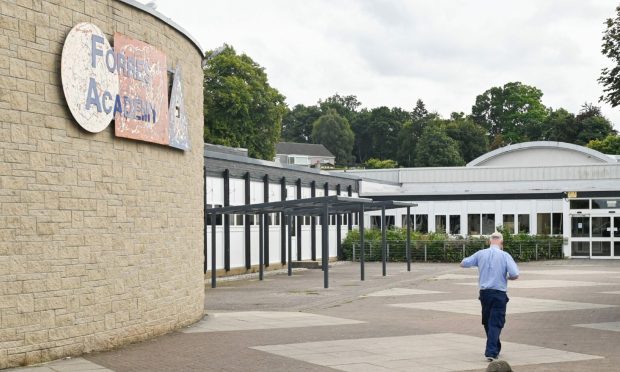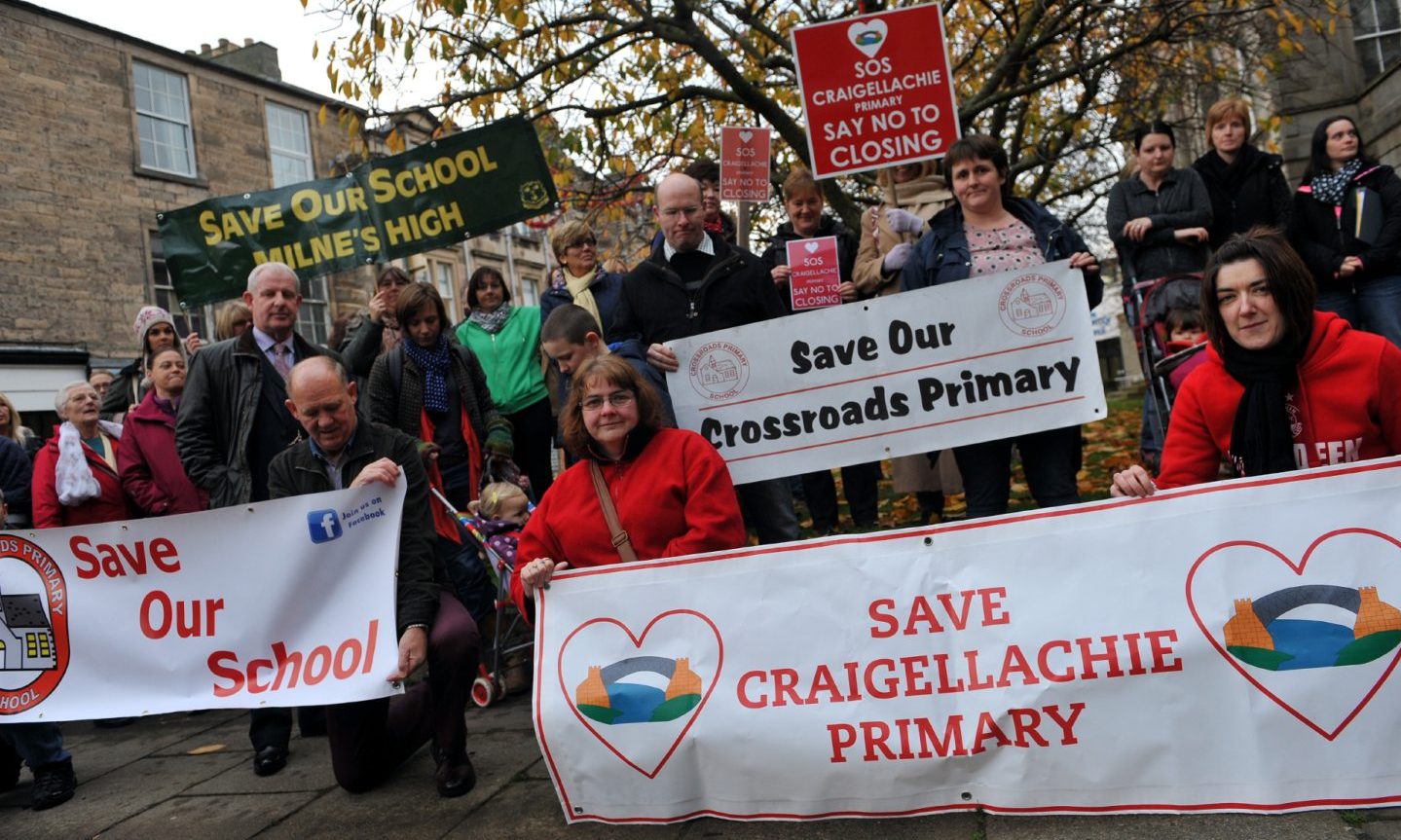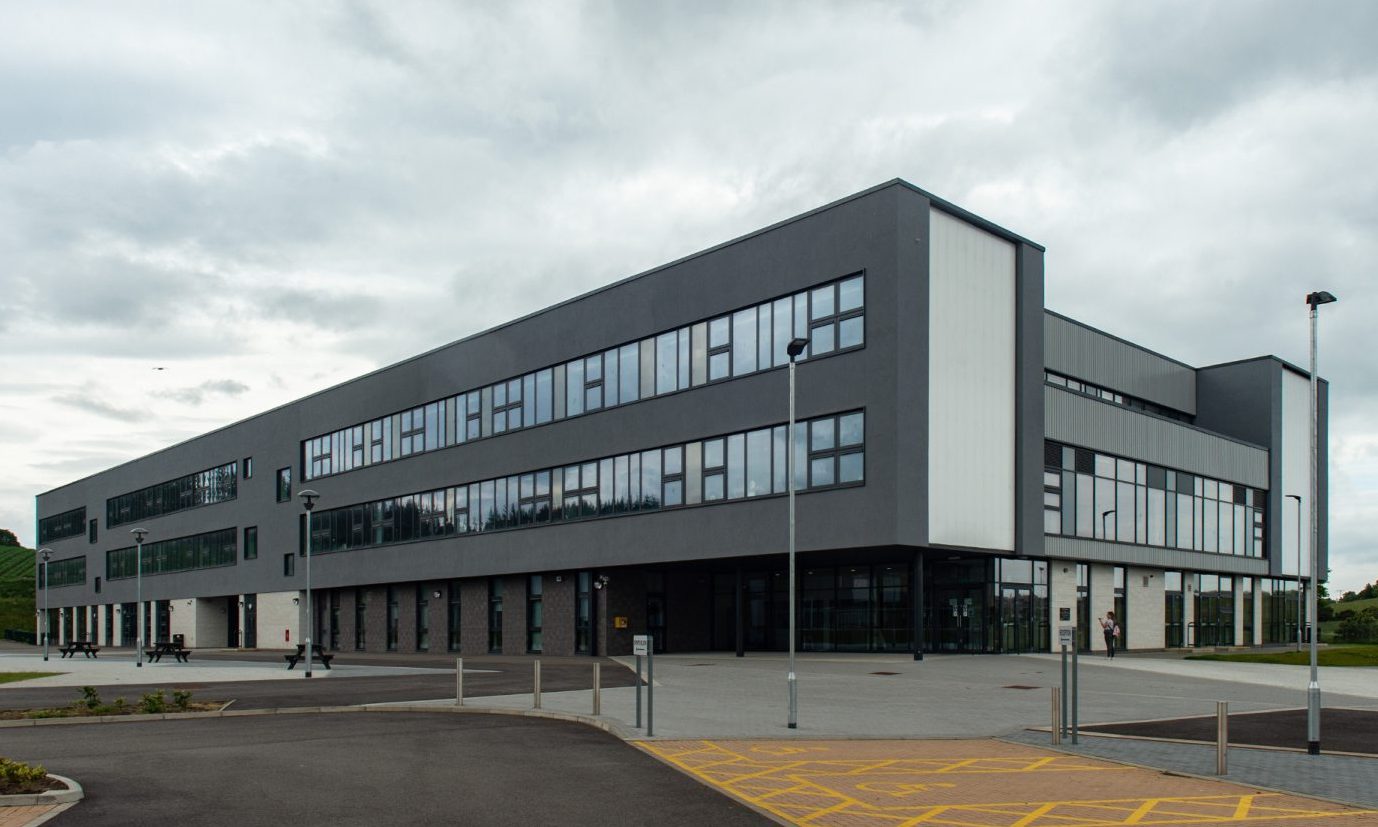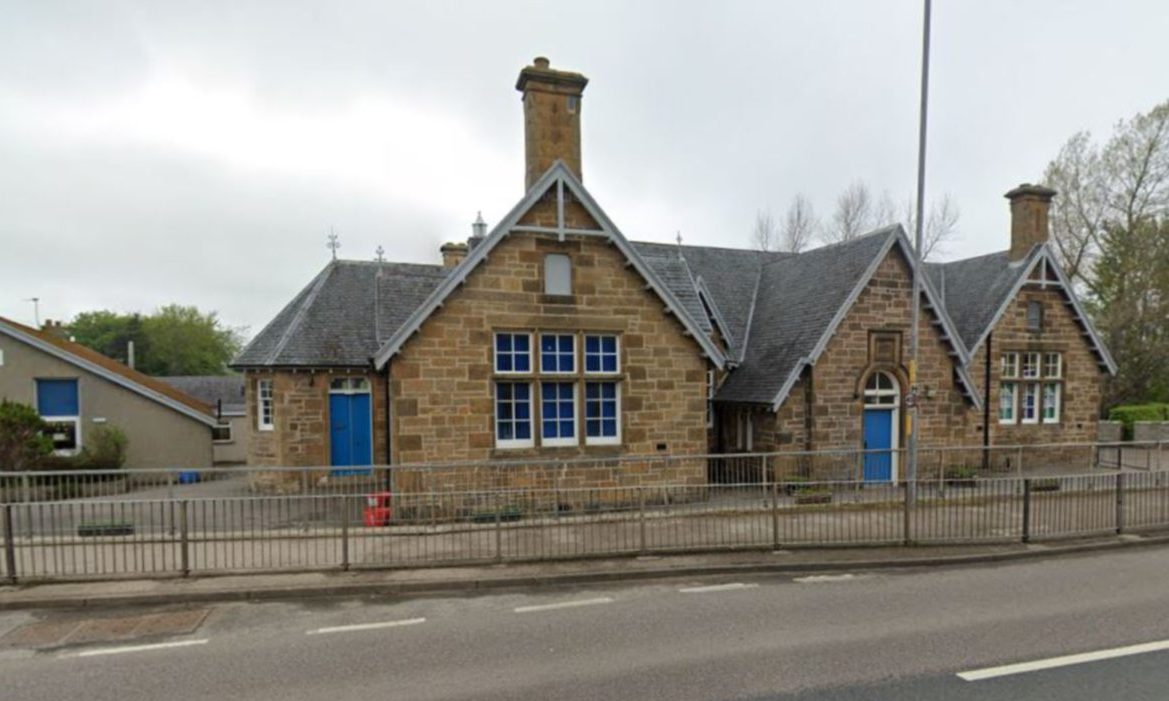Education bosses at Moray Council have admitted school closures are inevitable as part of a review of buildings.
But they have stressed that the fewer schools left will be better for pupils as a result.
The local authority currently faces an unaffordable bill to bring facilities back up to recommended standards.
An intensive review expected to take 18 months is currently underway to examine the future of all 53 schools.
New builds, expansions, mergers, refurbishments and closures are all being considered as part of the process with officials stressing no decisions have been made about individual locations.
Parents and communities will now have their say about the future of their schools.
And council bosses say the decisions taken in the coming months will shape education in Moray for generations to come.
‘I was wrong to oppose school closures’
A controversial round of school closures was proposed by Moray Council in 2014, which could have led to 10 primary and one secondary school shutting.
At the time, no improvements were proposed elsewhere for parents. However, this time the review comes with a £300 million investment package for new builds, refurbishments and expansions.
Current council leader Kathleen Robertson was heavily involved in the 2014 campaign to keep Anderson’s Primary School in Forres open as chairwoman of the parent council.
However, she now admits that she was perhaps not looking at the bigger picture that could have led to educational benefits for children.
She said: “I can hand on heart say we were probably wrong. I can see now the benefits of having better and more modern facilities are crucial for education.
“Education now isn’t what it was 100 years ago. We had lots of farming communities with a huge community working the land, career choices were very different.
“You can still have schools within 20 minutes but with more socialising and learning opportunities you maybe wouldn’t get in a smaller school.
“All these things need to be taken into account. Maybe there are issues with town schools too that need to be looked at.
“We need to look at the big picture and ask ourselves what we think about the future of our learning estate and not be emotional about it, which can be difficult.”
How will school review work?
Moray Council will examine each associated school group (ASG), which covers an individual secondary school and its catchment area, in turn over the next 18 months.
Discussions will be held with parents and the community to examine the needs, desires and pressures in each area.
Moray has schools at both ends of the capacity spectrum with seven operating at less than half capacity and two, Bishopmill Primary and Elgin High, both at more than 90% of capacity.
However, officials have stressed the process will be more complex than simply proposing closures for smaller sites and expansions for full schools.
The review has already begun with the Forres ASG. It will move to Buckie next before covering the whole of Moray by early 2025.
Recommendations will then be put forward for councillors to debate before any Moray school extensions, mergers or closures are finalised.
‘Underinvestment in Moray schools’
Moray’s schools are ranked amongst being in the worst condition in the whole of Scotland.
Targets set by the Scottish Government require buildings to be graded at least B, meaning satisfactory, for condition.
However, in the most recent statistics five of Moray’s eight secondary schools fall below that level. Four are ranked C, meaning poor, and Forres Academy is graded D, meaning bad.
Only 22 of the 44 primary schools meet the minimum standard. There are 21 ranked C and one, Alves Primary, graded D.
Andy Hall, Moray Council’s acting head of education resources, admits there has been an underinvestment in the region’s schools. He argues children could receive a better experience in more modern facilities.
He said: “There has been an underinvestment in the school estate in the past, but now there is a commitment to invest.
“We need to reduce the estate, that’s a given, and we need to make sure what we have got is supporting a 21st century curriculum.
“First of all we have to look at what we have, and it’s not necessarily just looking at the buildings that are 100 years old because in the 1960s and 70s there was more of a throwaway economy.
“We also need to look at what we are going to need. There is a falling birth rate, which means the school population will reduce, which we expect to steady out in four or five years.
“Everything needs to be very much focussed on what the educational benefit will be.”
Could school buildings be used more for other uses?
Traditional school buildings are currently only used 190 days a year. It means they lie empty almost as often as they are used.
Options being considered as part of the review include examining options to make the facilities more available for community use. It is hoped making the buildings more sustainable could sustain Moray schools while also avoiding closures of other facilities.
Possible uses could include incorporating more sport facilities, community rooms, libraries with some schools in Aberdeenshire even housing police stations.
Mr Hall said: “It’s particularly exciting for rural schools. We have already had some conversations about the former Inveravon school.
“One of the things the community there wants is a rural business centre. The community thinks there are lots of opportunities there when it’s handed back to the owner.
“Shared-use buildings is the sustainable model of the future. We understand there are concerns around safety. We can already control that with restricted or controlled access, CCTV and some other things.”
Mrs Robertson added: “There are excellent examples of what can be done at Alford and Ellon.
“We can’t just look at one little corner. We need to look at the whole window of the wider benefits of modern buildings.”
The consultation about schools in the Forres ASG is ongoing until November 30. You can have your say in an online survey HERE.







Conversation